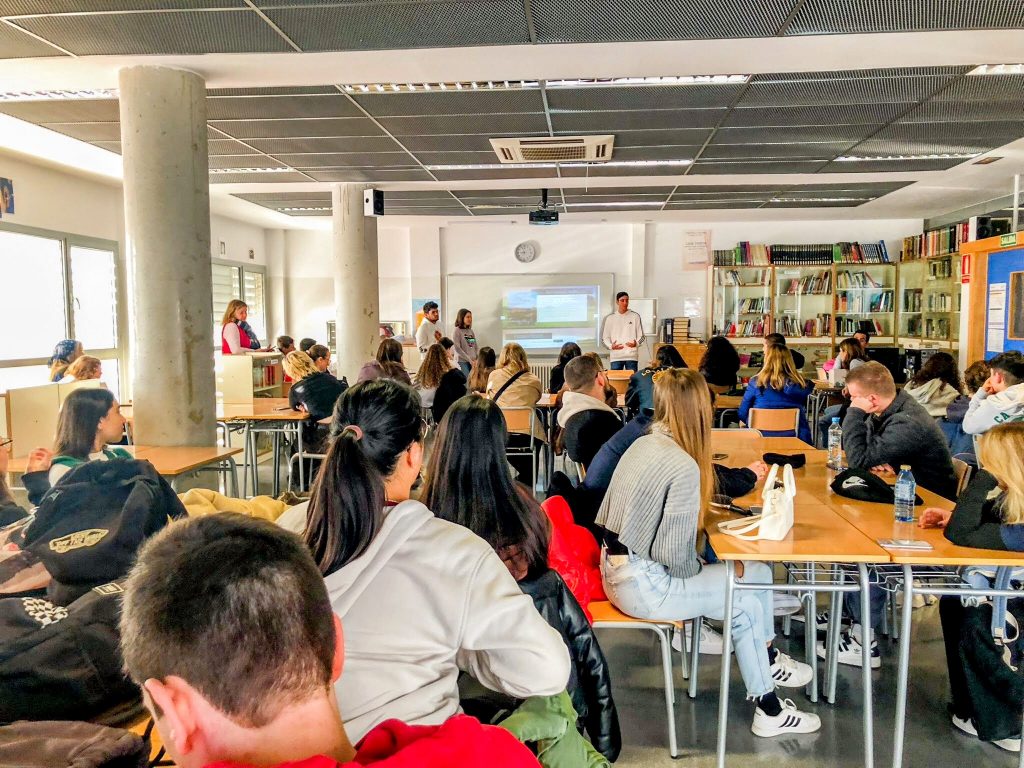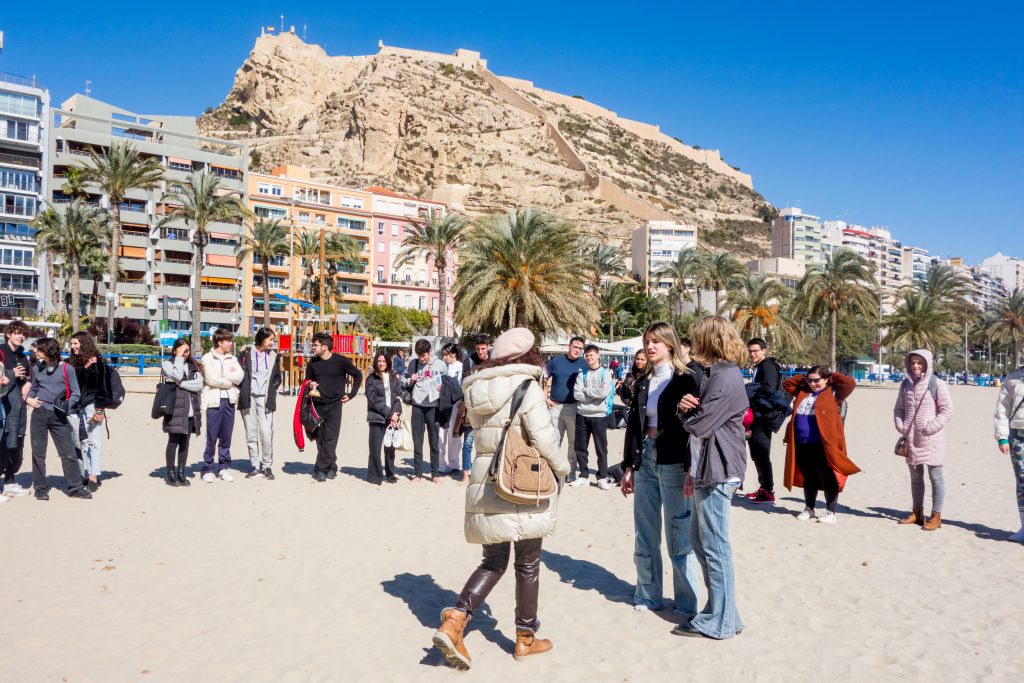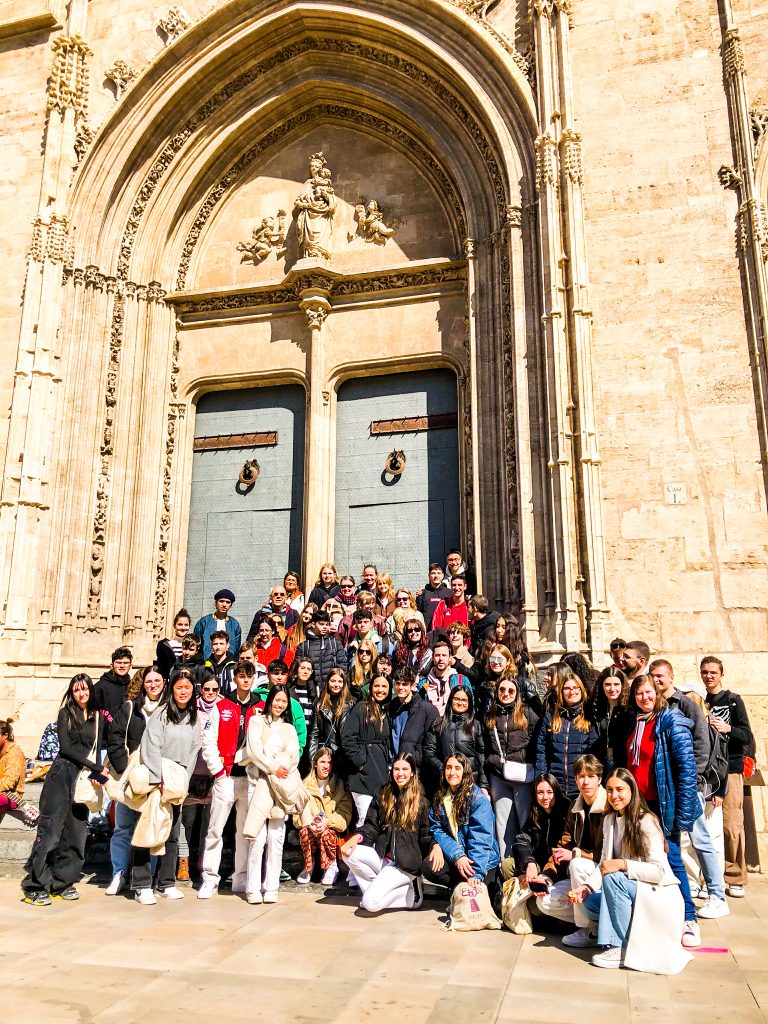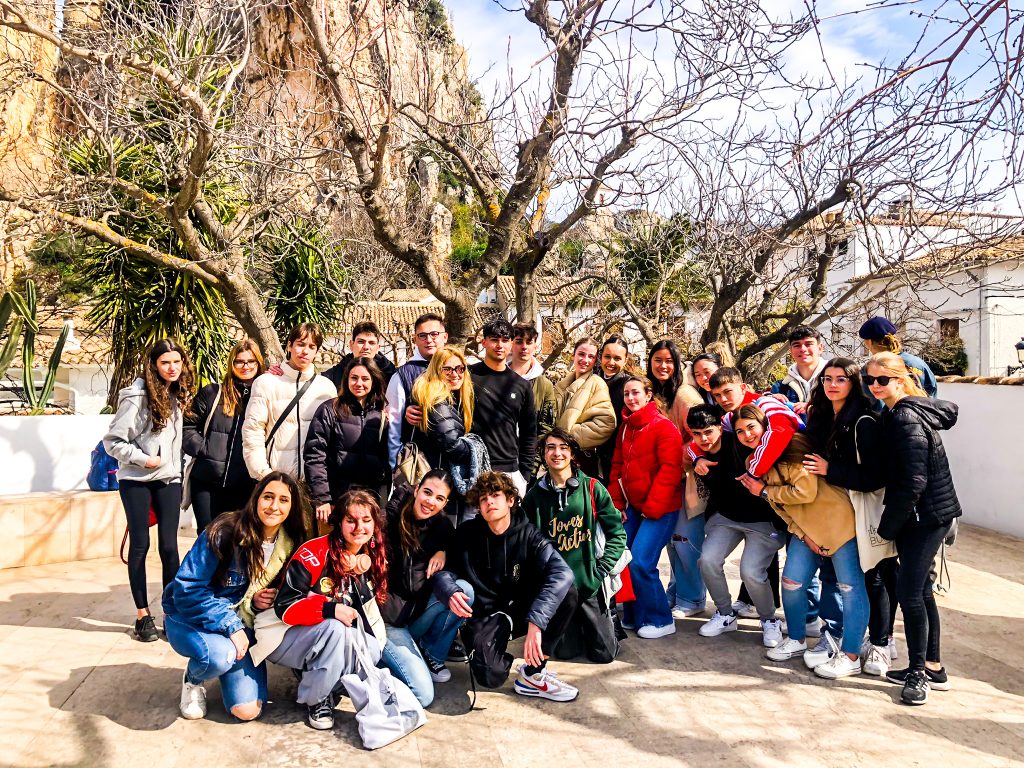
Spanish students have researched about Spanish culture and traces from Al-Andalus that we can still find nowadays. Muslim stayed in Spain for 7 centuries, from 711 A.D. to 1492 A.D. During these days, they presented their work to the other teachers and students involved in the project.
Their influence is still present nowadays in our culture: from language to festivities or architecture. And here you have the works that students presented during the Spanish meeting from 27th February 2023 until 3rd March 2023.
Students, working in teams, selected a topic to investigate and they have presented during those days. Project participants discussion were held to discuss about Al-Andalus, looking for differences and similarities of the events chosen by the project participants in European context and taking into consideration the centuries. For example, how different religions lived together during those times, how this coexistence enriched Spanish culture.
During the stay in Alicante, participants also visited historical sights of Alicante city where Muslim traces are still available. We also visited MARQ museum where medieval times in Spain was explained. Students also prepared some text about important places in Alicante, for example, the central market where a 25th May 1931 a massive bombing from Italian fascists killed 295 people in the market.

During the guided visit to Valencia, students could visit Almoina museum where traces from Roman, Al-Andalus are still preserved. Also, they attended the «Water Court». It is the only legislative structure established by Jaime I (who conquered Valencia from Muslims) which still functions. The Arabs were already using an irrigation system, based on the distribution of the water from the River Turia and the monarch officially established this tribunal to control it. The tribunal is made up of eight farmers who still wear the typical black blouse of the Huerta (the irrigated fields around Valencia). The members are democratically elected every two years by the farmers who use the irrigation system in the Huerta. We visited and understood the importance of «The Silk Exchange» The Lonja is an emblematic building of the city and one of the most famous civil gothic monuments in Europe. It was declared a National Historic and Artistic Monument in July1931 and was made a World Heritage Site by UNESCO in December 1996. At the end of the 13th century, as a result of the prosperity in Valencia at the time, the old Lonja became insufficient and it was decided to build a new Exchange. Finally, we enjoyed The City of Arts and Sciences (La Ciudad de las Artes y las Ciencias) in València is a spectacular and imposing space designed by the architect Santiago Calatrava. This centre for leisure and culture, with its avant-garde architecture, is set firmly within the 21st century. Along this tour, we also visited Serrano Towers, the towers were designed to be defensive structures at one of the busiest city gates. From the top of Serrano Towers we could enjoy the typical «mascletá» (like very noisy fireworks).

Finally, we could enjoy another fortress from muslim times: Guadalest castle. After the Christian conquest (S. XIII), retained an abundant Islamic population under the lordship of different Catalan-Aragonese nobles.

